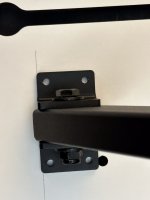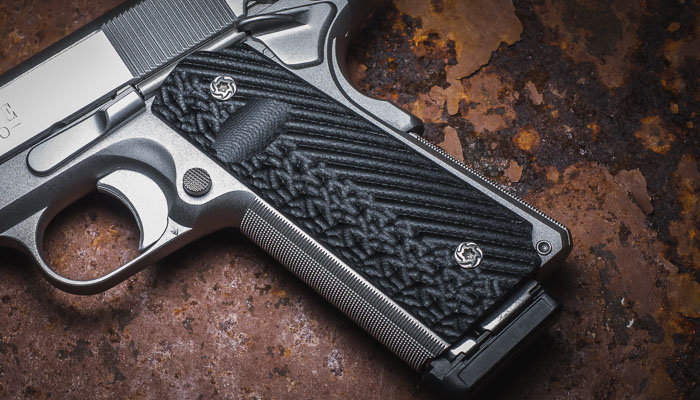Michael Kellough
Member
- Joined
- Jan 23, 2007
- Messages
- 7,096
I’ve been storing a Rockler phenolic table for a decade and I bought the Rockler “Rock-Steady” folding stand to mount it on.
(The stand is very strong and heavier than expected with nice sticky feet. Takes about an hour to assemble.)
The stand assumes an mdf top will be used. Only 3/4” wood screws are included.
And the mounting brackets have a bunch of small holes, about #8 size (4mm).
What screws could be used with those small holes and be compatible with phenolic?
Would self tapping screws work in proper pilot holes or should I just go ahead and make four new bigger holes and use countersunk flat head bolts?
[attachimg=1]
(The stand is very strong and heavier than expected with nice sticky feet. Takes about an hour to assemble.)
The stand assumes an mdf top will be used. Only 3/4” wood screws are included.
And the mounting brackets have a bunch of small holes, about #8 size (4mm).
What screws could be used with those small holes and be compatible with phenolic?
Would self tapping screws work in proper pilot holes or should I just go ahead and make four new bigger holes and use countersunk flat head bolts?
[attachimg=1]



